Seasonal Inhomogeneous Nonconsecutive Arrival Process Search and Evaluation
Kimberly Holmgren,
Paul Gibby,
Joseph Zipkin

Auto-TLDR; SINAPSE: Fitting a Sparse Time Series Model to Seasonal Data
Similar papers
3CS Algorithm for Efficient Gaussian Process Model Retrieval
Fabian Berns, Kjeld Schmidt, Ingolf Bracht, Christian Beecks

Auto-TLDR; Efficient retrieval of Gaussian Process Models for large-scale data using divide-&-conquer-based approach
Abstract Slides Poster Similar
Temporal Pattern Detection in Time-Varying Graphical Models
Federico Tomasi, Veronica Tozzo, Annalisa Barla

Auto-TLDR; A dynamical network inference model that leverages on kernels to consider general temporal patterns
Abstract Slides Poster Similar
PIF: Anomaly detection via preference embedding
Filippo Leveni, Luca Magri, Giacomo Boracchi, Cesare Alippi

Auto-TLDR; PIF: Anomaly Detection with Preference Embedding for Structured Patterns
Abstract Slides Poster Similar
Video Analytics Gait Trend Measurement for Fall Prevention and Health Monitoring
Lawrence O'Gorman, Xinyi Liu, Md Imran Sarker, Mariofanna Milanova

Auto-TLDR; Towards Health Monitoring of Gait with Deep Learning
Abstract Slides Poster Similar
Location Prediction in Real Homes of Older Adults based on K-Means in Low-Resolution Depth Videos
Simon Simonsson, Flávia Dias Casagrande, Evi Zouganeli

Auto-TLDR; Semi-supervised Learning for Location Recognition and Prediction in Smart Homes using Depth Video Cameras
Abstract Slides Poster Similar
Partial Monotone Dependence
Denis Khryashchev, Huy Vo, Robert Haralick

Auto-TLDR; Partially Monotone Autoregressive Correlation for Time Series Forecasting
GPSRL: Learning Semi-Parametric Bayesian Survival Rule Lists from Heterogeneous Patient Data
Ameer Hamza Shakur, Xiaoning Qian, Zhangyang Wang, Bobak Mortazavi, Shuai Huang

Auto-TLDR; Semi-parametric Bayesian Survival Rule List Model for Heterogeneous Survival Data
The eXPose Approach to Crosslier Detection
Antonio Barata, Frank Takes, Hendrik Van Den Herik, Cor Veenman

Auto-TLDR; EXPose: Crosslier Detection Based on Supervised Category Modeling
Abstract Slides Poster Similar
Emerging Relation Network and Task Embedding for Multi-Task Regression Problems
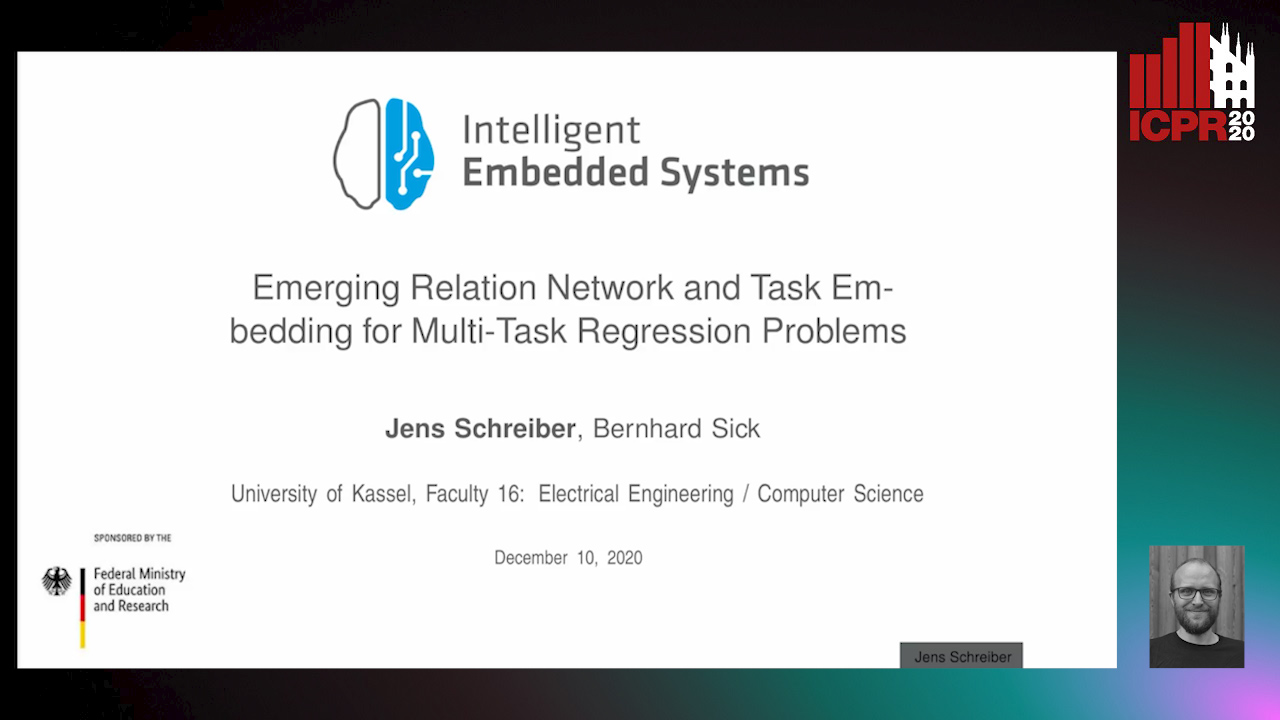
Auto-TLDR; A Comparative Study of Multi-Task Learning for Non-linear Time Series Problems
Abstract Slides Poster Similar
A Framework for Local Outlier Detection from Spatio-Temporal Trajectory Datasets
Xumin Cai, Berkay Aydin, Anli Ji, Rafal Angryk

Auto-TLDR; Local Outlier Detection Using Spatial and Temporal Features of Trajectory Segment Using Time-Based partition strategy
Evaluation of Anomaly Detection Algorithms for the Real-World Applications
Marija Ivanovska, Domen Tabernik, Danijel Skocaj, Janez Pers

Auto-TLDR; Evaluating Anomaly Detection Algorithms for Practical Applications
Abstract Slides Poster Similar
Transfer Learning with Graph Neural Networks for Short-Term Highway Traffic Forecasting
Tanwi Mallick, Prasanna Balaprakash, Eric Rask, Jane Macfarlane
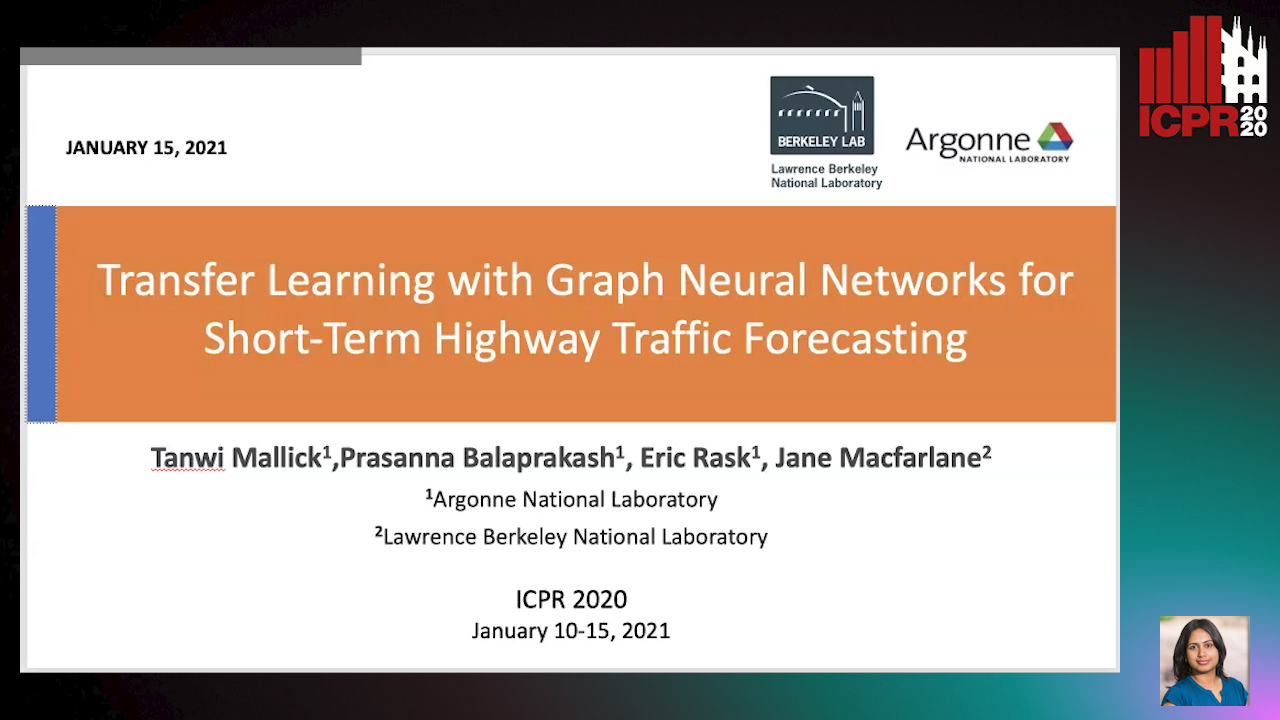
Auto-TLDR; Transfer Learning for Highway Traffic Forecasting on Unseen Traffic Networks
Abstract Slides Poster Similar
Aggregating Dependent Gaussian Experts in Local Approximation

Auto-TLDR; A novel approach for aggregating the Gaussian experts by detecting strong violations of conditional independence
Abstract Slides Poster Similar
Detecting Anomalies from Video-Sequences: A Novel Descriptor
Giulia Orrù, Davide Ghiani, Maura Pintor, Gian Luca Marcialis, Fabio Roli

Auto-TLDR; Trit-based Measurement of Group Dynamics for Crowd Behavior Analysis and Anomaly Detection
Abstract Slides Poster Similar
Automatic Detection of Stationary Waves in the Venus’ Atmosphere Using Deep Generative Models
Minori Narita, Daiki Kimura, Takeshi Imamura
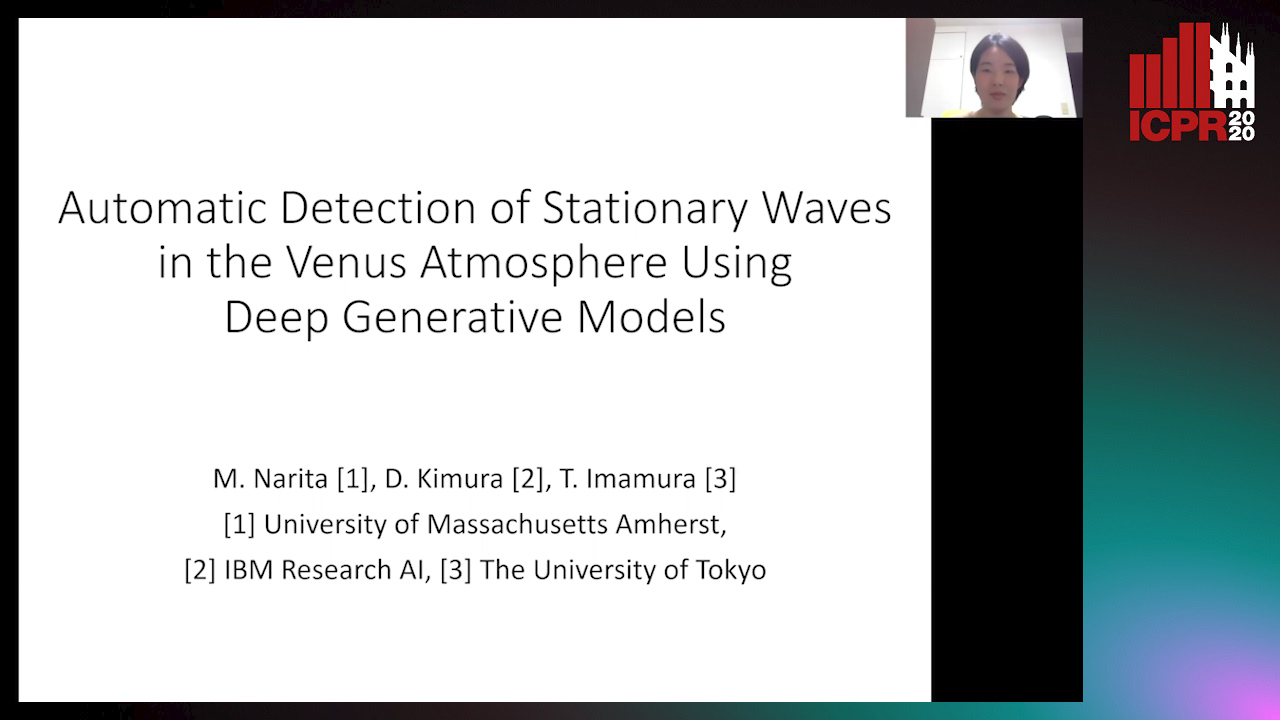
Auto-TLDR; Anomaly Detection of Large Bow-shaped Structures on the Venus Clouds using Variational Auto-encoder and Attention Maps
Abstract Slides Poster Similar
An Invariance-Guided Stability Criterion for Time Series Clustering Validation
Florent Forest, Alex Mourer, Mustapha Lebbah, Hanane Azzag, Jérôme Lacaille

Auto-TLDR; An invariance-guided method for clustering model selection in time series data
Abstract Slides Poster Similar
Algorithm Recommendation for Data Streams
Jáder Martins Camboim De Sá, Andre Luis Debiaso Rossi, Gustavo Enrique De Almeida Prado Alves Batista, Luís Paulo Faina Garcia

Auto-TLDR; Meta-Learning for Algorithm Selection in Time-Changing Data Streams
Abstract Slides Poster Similar
SDMA: Saliency Driven Mutual Cross Attention for Multi-Variate Time Series

Auto-TLDR; Salient-Driven Mutual Cross Attention for Intelligent Time Series Analytics
Abstract Slides Poster Similar
Deep Transformation Models: Tackling Complex Regression Problems with Neural Network Based Transformation Models
Beate Sick, Torsten Hothorn, Oliver Dürr

Auto-TLDR; A Deep Transformation Model for Probabilistic Regression
Abstract Slides Poster Similar
Detecting and Adapting to Crisis Pattern with Context Based Deep Reinforcement Learning
Eric Benhamou, David Saltiel Saltiel, Jean-Jacques Ohana Ohana, Jamal Atif Atif
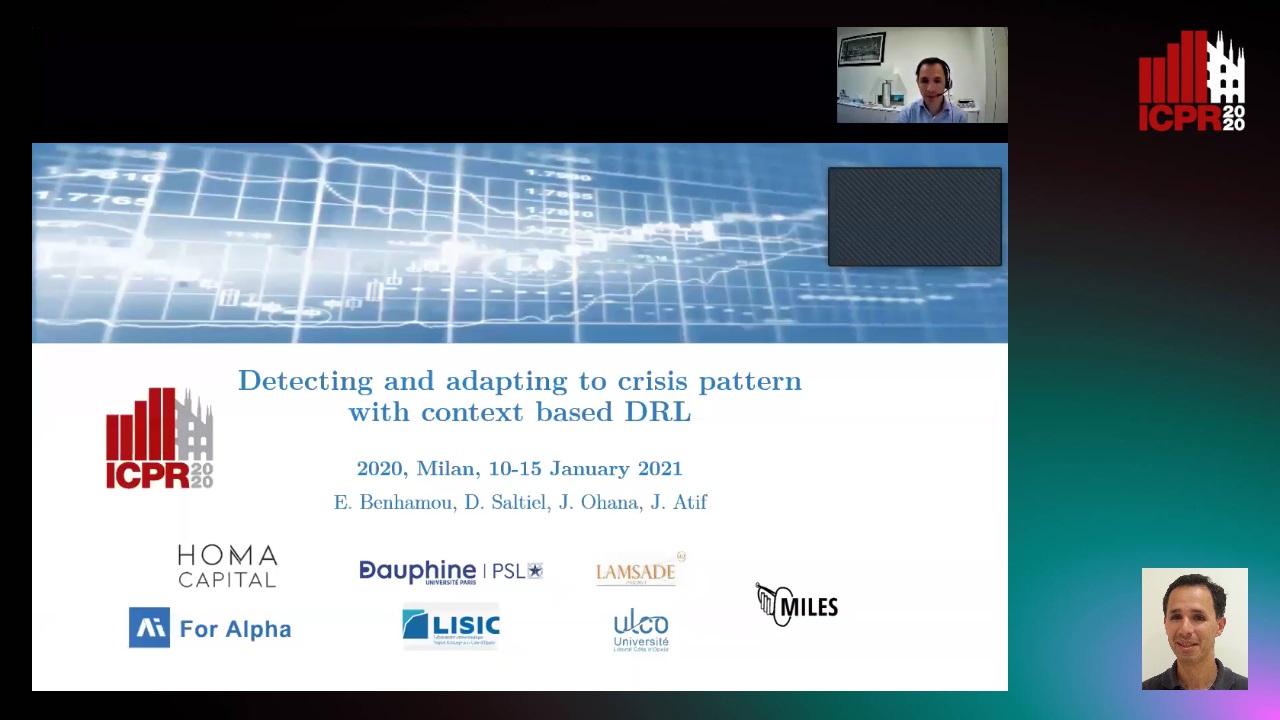
Auto-TLDR; Deep Reinforcement Learning for Financial Crisis Detection and Dis-Investment
Abstract Slides Poster Similar
Learning Parameter Distributions to Detect Concept Drift in Data Streams
Johannes Haug, Gjergji Kasneci
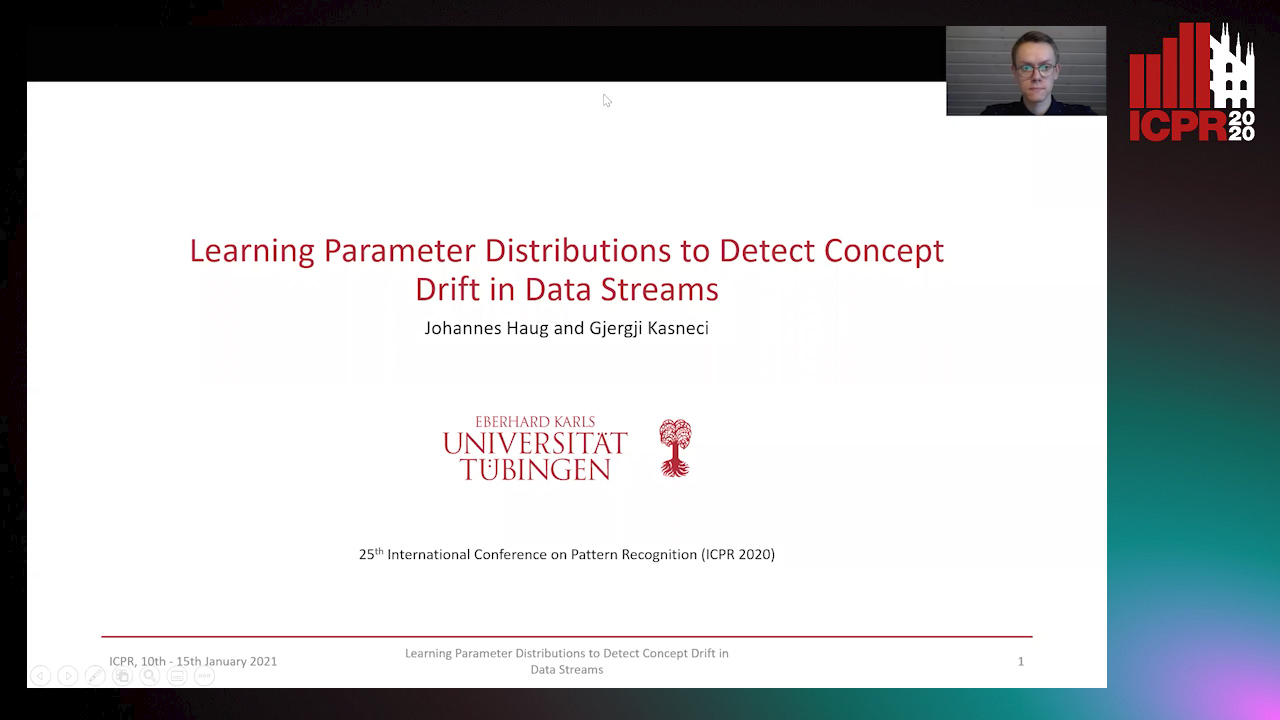
Auto-TLDR; A novel framework for the detection of concept drift in streaming environments
Abstract Slides Poster Similar
Switching Dynamical Systems with Deep Neural Networks
Cesar Ali Ojeda Marin, Kostadin Cvejoski, Bogdan Georgiev, Ramses J. Sanchez

Auto-TLDR; Variational RNN for Switching Dynamics
Abstract Slides Poster Similar
Fingerprints, Forever Young?
Roman Kessler, Olaf Henniger, Christoph Busch
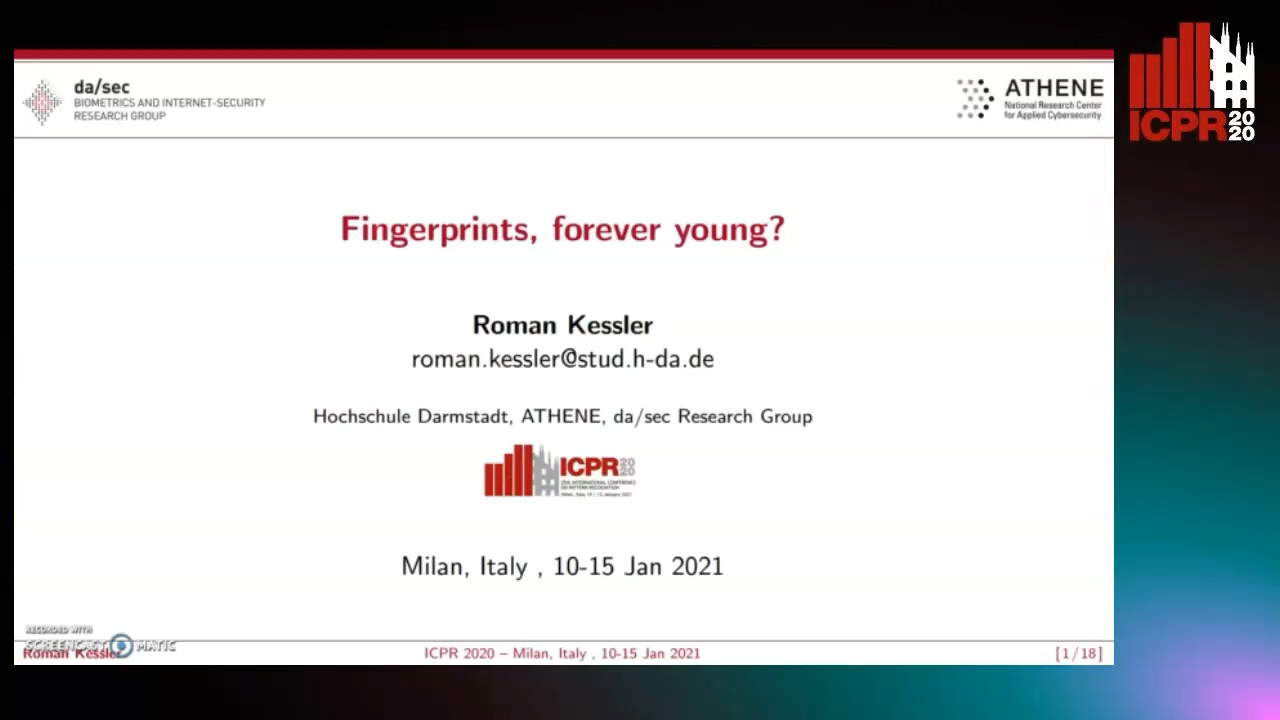
Auto-TLDR; Mated Similarity Scores for Fingerprint Recognition: A Hierarchical Linear Model
Abstract Slides Poster Similar
Attack-Agnostic Adversarial Detection on Medical Data Using Explainable Machine Learning
Matthew Watson, Noura Al Moubayed

Auto-TLDR; Explainability-based Detection of Adversarial Samples on EHR and Chest X-Ray Data
Abstract Slides Poster Similar
Deep Learning Based Sepsis Intervention: The Modelling and Prediction of Severe Sepsis Onset
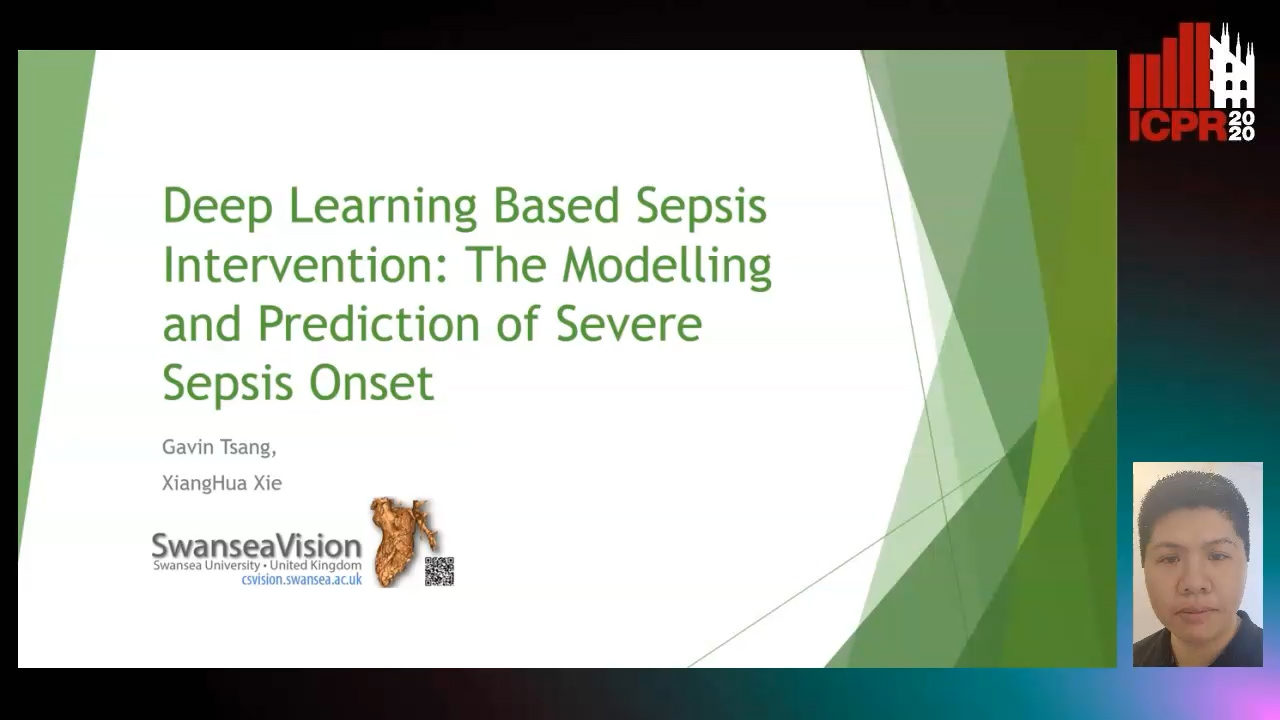
Auto-TLDR; Predicting Sepsis onset by up to six hours prior using a boosted cascading training methodology and adjustable margin hinge loss function
Abstract Slides Poster Similar
Can Reinforcement Learning Lead to Healthy Life?: Simulation Study Based on User Activity Logs
Masami Takahashi, Masahiro Kohjima, Takeshi Kurashima, Hiroyuki Toda
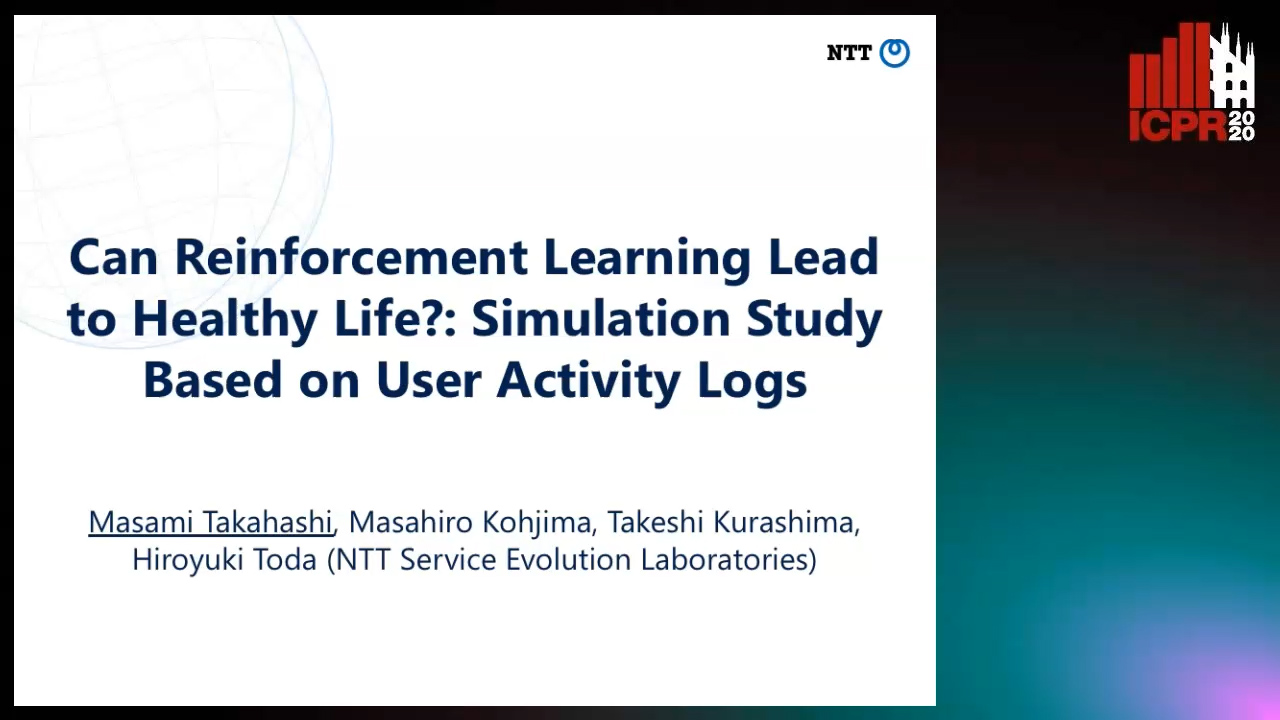
Auto-TLDR; Reinforcement Learning for Healthy Daily Life
Abstract Slides Poster Similar
Thermal Characterisation of Unweighted and Weighted Networks
Jianjia Wang, Hui Wu, Edwin Hancock

Auto-TLDR; Thermodynamic Characterisation of Networks as Particles of the Thermal System
Abstract Slides Poster Similar
Probabilistic Latent Factor Model for Collaborative Filtering with Bayesian Inference
Jiansheng Fang, Xiaoqing Zhang, Yan Hu, Yanwu Xu, Ming Yang, Jiang Liu

Auto-TLDR; Bayesian Latent Factor Model for Collaborative Filtering
Better Prior Knowledge Improves Human-Pose-Based Extrinsic Camera Calibration
Olivier Moliner, Sangxia Huang, Kalle Åström

Auto-TLDR; Improving Human-pose-based Extrinsic Calibration for Multi-Camera Systems
Abstract Slides Poster Similar
Multi-Graph Convolutional Network for Relationship-Driven Stock Movement Prediction
Jiexia Ye, Juanjuan Zhao, Kejiang Ye, Cheng-Zhong Xu
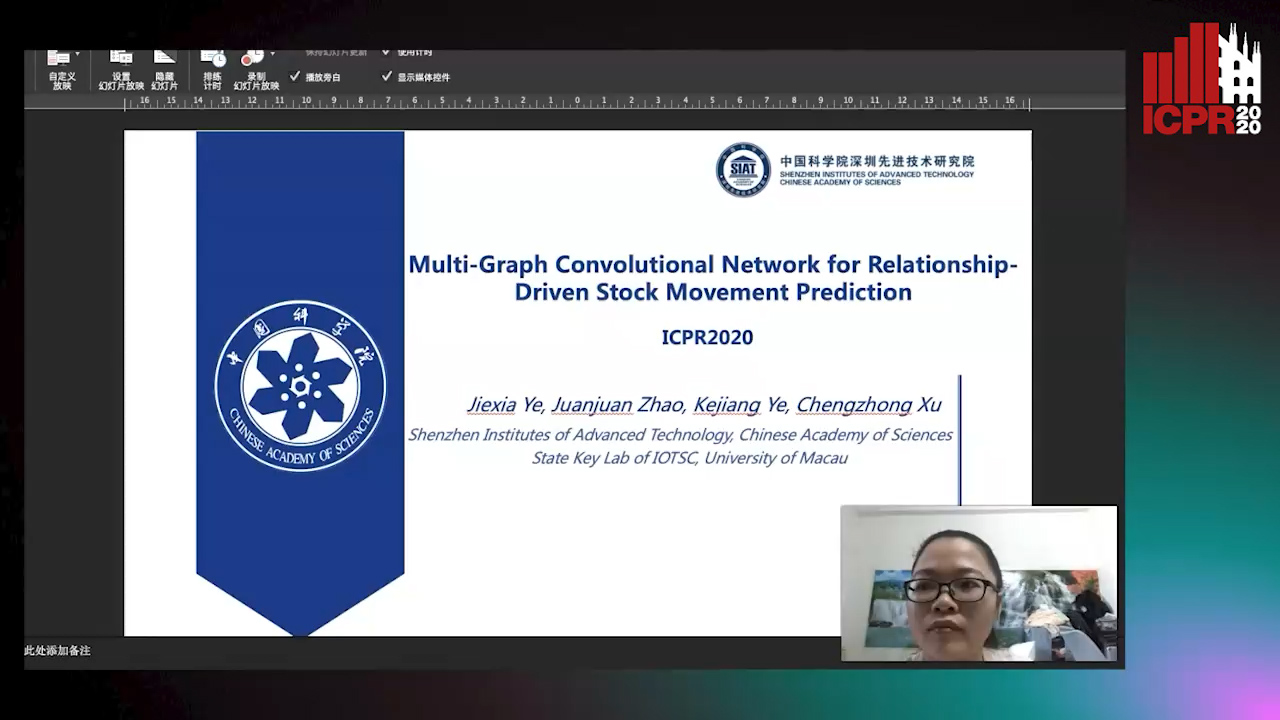
Auto-TLDR; Multi-GCGRU: A Deep Learning Framework for Stock Price Prediction with Cross Effect
Abstract Slides Poster Similar
Sketch-Based Community Detection Via Representative Node Sampling
Mahlagha Sedghi, Andre Beckus, George Atia

Auto-TLDR; Sketch-based Clustering of Community Detection Using a Small Sketch
Abstract Slides Poster Similar
Inferring Functional Properties from Fluid Dynamics Features
Andrea Schillaci, Maurizio Quadrio, Carlotta Pipolo, Marcello Restelli, Giacomo Boracchi

Auto-TLDR; Exploiting Convective Properties of Computational Fluid Dynamics for Medical Diagnosis
Abstract Slides Poster Similar
Wireless Localisation in WiFi Using Novel Deep Architectures
Peizheng Li, Han Cui, Aftab Khan, Usman Raza, Robert Piechocki, Angela Doufexi, Tim Farnham

Auto-TLDR; Deep Neural Network for Indoor Localisation of WiFi Devices in Indoor Environments
Abstract Slides Poster Similar
End-To-End Multi-Task Learning of Missing Value Imputation and Forecasting in Time-Series Data
Jinhee Kim, Taesung Kim, Jang-Ho Choi, Jaegul Choo

Auto-TLDR; Time-Series Prediction with Denoising and Imputation of Missing Data
Abstract Slides Poster Similar
Improving Model Accuracy for Imbalanced Image Classification Tasks by Adding a Final Batch Normalization Layer: An Empirical Study
Veysel Kocaman, Ofer M. Shir, Thomas Baeck

Auto-TLDR; Exploiting Batch Normalization before the Output Layer in Deep Learning for Minority Class Detection in Imbalanced Data Sets
Abstract Slides Poster Similar
Active Sampling for Pairwise Comparisons via Approximate Message Passing and Information Gain Maximization
Aliaksei Mikhailiuk, Clifford Wilmot, Maria Perez-Ortiz, Dingcheng Yue, Rafal Mantiuk

Auto-TLDR; ASAP: An Active Sampling Algorithm for Pairwise Comparison Data
Using Machine Learning to Refer Patients with Chronic Kidney Disease to Secondary Care
Lee Au-Yeung, Xianghua Xie, Timothy Marcus Scale, James Anthony Chess

Auto-TLDR; A Machine Learning Approach for Chronic Kidney Disease Prediction using Blood Test Data
Abstract Slides Poster Similar
Activation Density Driven Efficient Pruning in Training
Timothy Foldy-Porto, Yeshwanth Venkatesha, Priyadarshini Panda
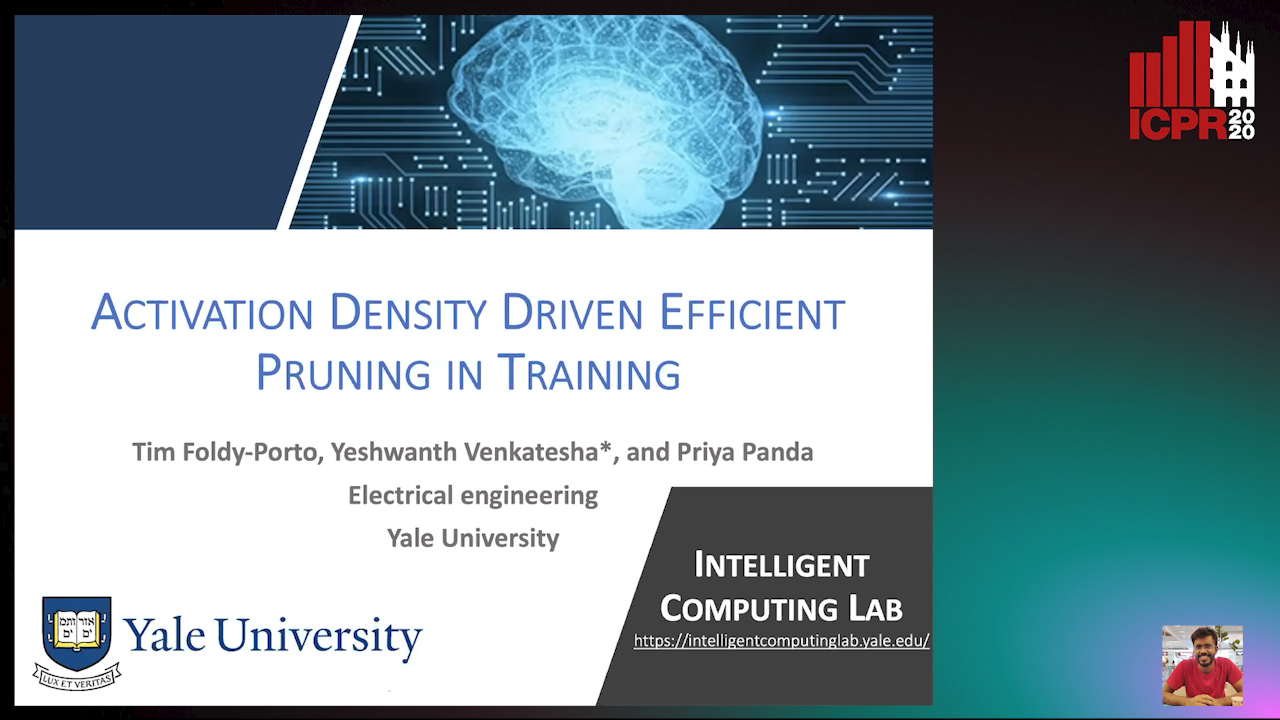
Auto-TLDR; Real-Time Neural Network Pruning with Compressed Networks
Abstract Slides Poster Similar
Verifying the Causes of Adversarial Examples
Honglin Li, Yifei Fan, Frieder Ganz, Tony Yezzi, Payam Barnaghi

Auto-TLDR; Exploring the Causes of Adversarial Examples in Neural Networks
Abstract Slides Poster Similar
Video Anomaly Detection by Estimating Likelihood of Representations

Auto-TLDR; Video Anomaly Detection in the latent feature space using a deep probabilistic model
Abstract Slides Poster Similar
Deep Learning on Active Sonar Data Using Bayesian Optimization for Hyperparameter Tuning
Henrik Berg, Karl Thomas Hjelmervik

Auto-TLDR; Bayesian Optimization for Sonar Operations in Littoral Environments
Abstract Slides Poster Similar
Hierarchical Routing Mixture of Experts
Wenbo Zhao, Yang Gao, Shahan Ali Memon, Bhiksha Raj, Rita Singh

Auto-TLDR; A Binary Tree-structured Hierarchical Routing Mixture of Experts for Regression
Abstract Slides Poster Similar
Killing Four Birds with One Gaussian Process: The Relation between Different Test-Time Attacks
Kathrin Grosse, Michael Thomas Smith, Michael Backes

Auto-TLDR; Security of Gaussian Process Classifiers against Attack Algorithms
Abstract Slides Poster Similar
Separation of Aleatoric and Epistemic Uncertainty in Deterministic Deep Neural Networks
Denis Huseljic, Bernhard Sick, Marek Herde, Daniel Kottke

Auto-TLDR; AE-DNN: Modeling Uncertainty in Deep Neural Networks
Abstract Slides Poster Similar
Road Network Metric Learning for Estimated Time of Arrival
Yiwen Sun, Kun Fu, Zheng Wang, Changshui Zhang, Jieping Ye

Auto-TLDR; Road Network Metric Learning for Estimated Time of Arrival (RNML-ETA)
Abstract Slides Poster Similar
Assortative-Constrained Stochastic Block Models
Daniel Gribel, Thibaut Vidal, Michel Gendreau
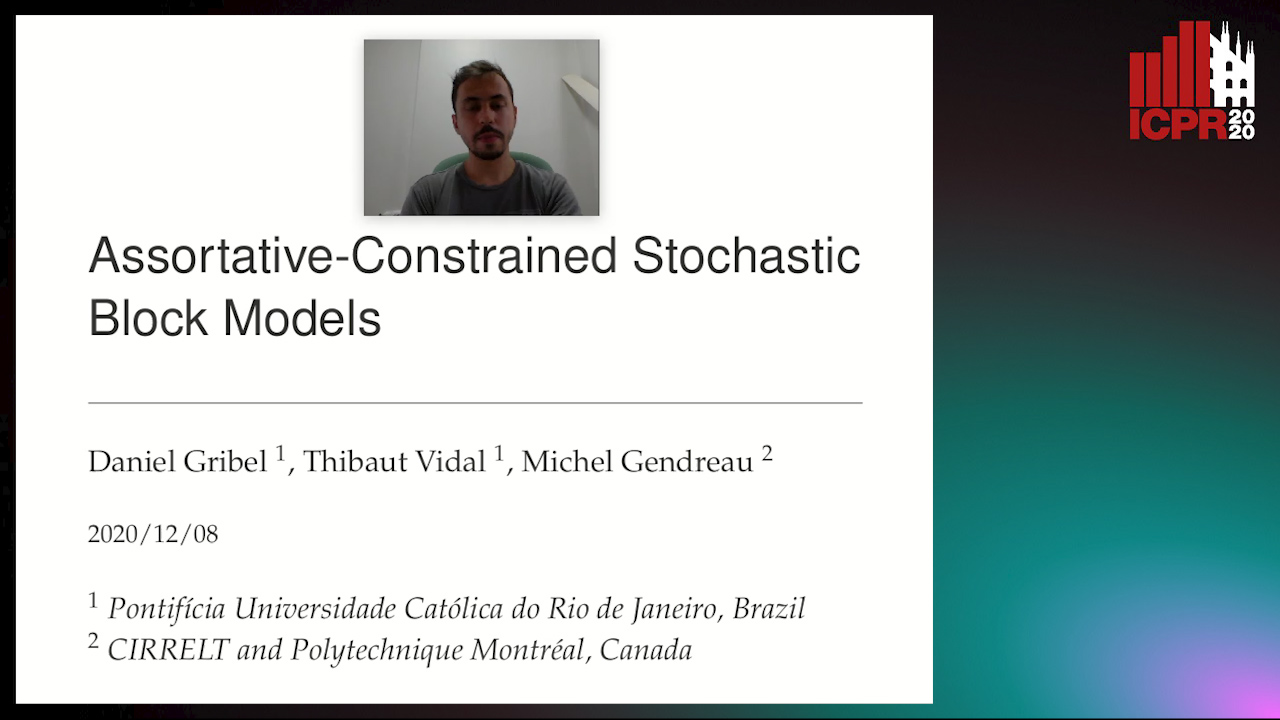
Auto-TLDR; Constrained Stochastic Block Models for Assortative Communities in Neural Networks
Abstract Slides Poster Similar
Data Normalization for Bilinear Structures in High-Frequency Financial Time-Series
Dat Thanh Tran, Juho Kanniainen, Moncef Gabbouj, Alexandros Iosifidis
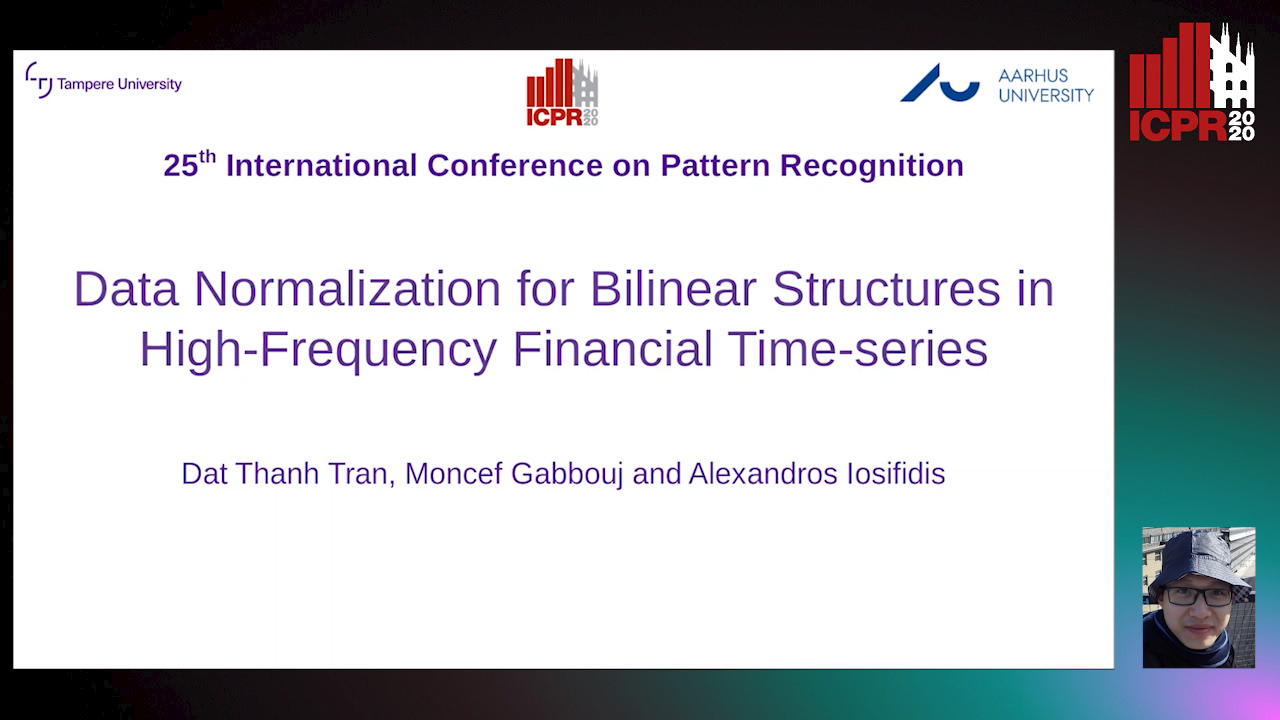
Auto-TLDR; Bilinear Normalization for Financial Time-Series Analysis and Forecasting
Abstract Slides Poster Similar
Anomaly Detection, Localization and Classification for Railway Inspection
Riccardo Gasparini, Andrea D'Eusanio, Guido Borghi, Stefano Pini, Giuseppe Scaglione, Simone Calderara, Eugenio Fedeli, Rita Cucchiara

Auto-TLDR; Anomaly Detection and Localization using thermal images in the lowlight environment